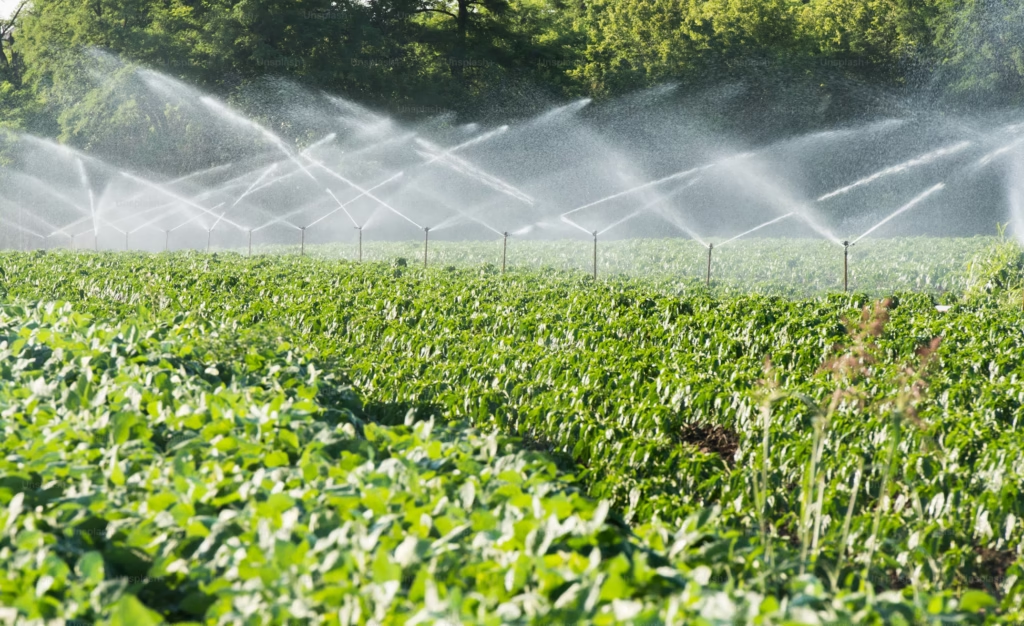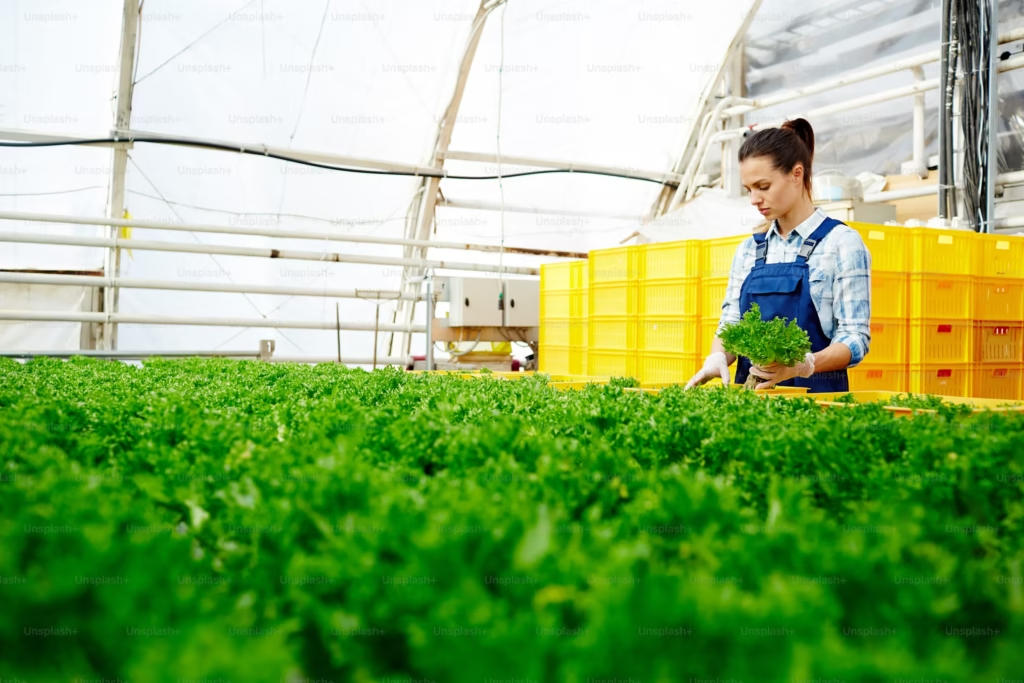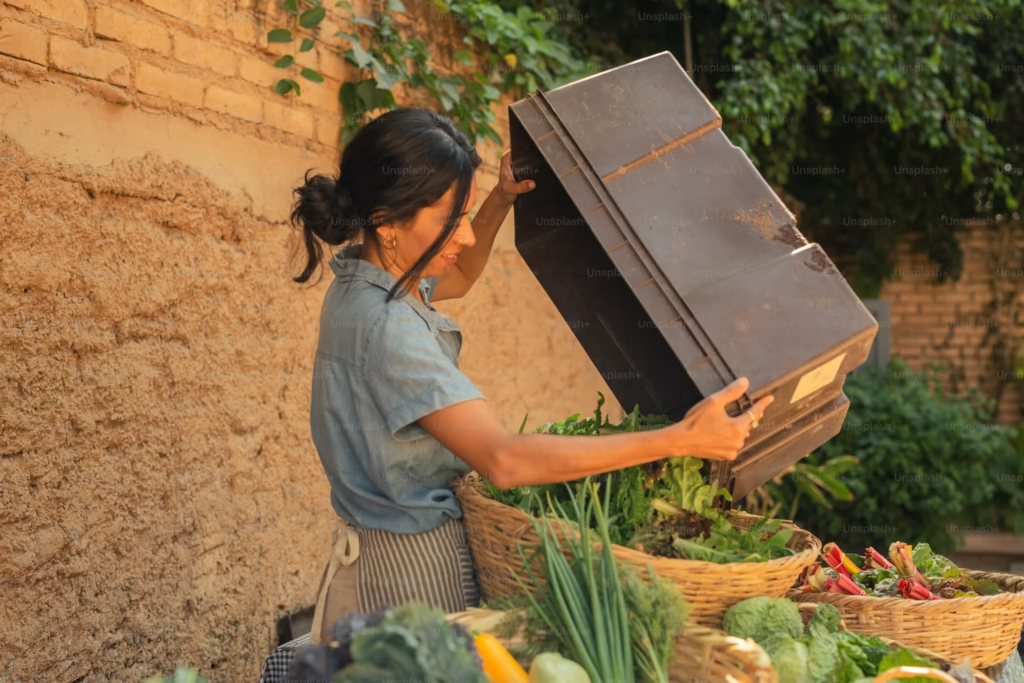
How to Reduce Water Waste in Agriculture
Water is one of the most essential resources for agriculture, but it is also one of the most commonly wasted resources. Reducing water waste in farming is not only critical for sustainability but also for improving crop yields and reducing operational costs. In this guide, we’ll explore practical methods and techniques that can help farmers minimize water waste and use this vital resource more efficiently.
1. Implement Drip Irrigation Systems
Drip irrigation is one of the most efficient ways to deliver water directly to the plant roots, minimizing evaporation and runoff. This system involves delivering water through a network of tubing and emitters that release small amounts of water near the plant roots.
- Benefits:
- Reduces water usage by up to 50% compared to traditional irrigation.
- Limits water wastage from evaporation or surface runoff.
- Ensures that each plant gets the right amount of water directly to its roots.
2. Use Soil Moisture Sensors
Soil moisture sensors are tools that monitor the moisture level in the soil and can help farmers determine when and how much water to apply. By using these sensors, farmers can avoid over-irrigating and under-irrigating, both of which can waste water.
- Benefits:
- Prevents overwatering by ensuring water is only applied when necessary.
- Promotes healthier crops by maintaining optimal moisture levels in the soil.
- Saves water and reduces energy costs associated with pumping.
3. Practice Rainwater Harvesting
Rainwater harvesting is a sustainable method of collecting and storing rainwater for later use in irrigation. By using catchment systems like gutters and storage tanks, farmers can reduce their reliance on freshwater sources.
- Benefits:
- Reduces the dependence on municipal or groundwater supplies.
- Low-cost, environmentally friendly way to conserve water.
- Can be used to irrigate crops during dry spells, reducing the need for additional water resources.
4. Apply Mulch to Retain Soil Moisture
Mulching is the practice of covering the soil around plants with organic or inorganic materials. This helps retain moisture in the soil, reduce evaporation, and keep soil temperatures stable.
- Benefits:
- Reduces water evaporation, especially in hot climates.
- Keeps soil cool, reducing the stress on plants during dry periods.
- Suppresses weed growth, which can compete with crops for water.
5. Optimize Irrigation Scheduling
Water waste often occurs due to improper irrigation timing. It’s essential to water crops at the right time of day, typically in the early morning or late evening, to minimize evaporation. Additionally, irrigation schedules should be adjusted according to the crop’s growth stage, weather conditions, and soil moisture levels.
- Benefits:
- Reduces water loss due to evaporation during the hottest part of the day.
- Helps to match irrigation needs with environmental conditions.
- Saves money on water and energy costs.
6. Use Crop-Specific Watering Techniques
Different crops have different water requirements. By tailoring your watering techniques to each crop’s specific needs, you can minimize water usage and increase efficiency. For example, some crops require deep watering, while others may only need surface irrigation.
- Benefits:
- Reduces water usage by meeting the specific needs of each crop.
- Increases crop yields by ensuring they receive the right amount of water.
- Prevents water wastage from over-irrigating crops that need less water.
7. Adopt Zero-Till Farming Practices
Zero-till farming involves planting crops without disturbing the soil through tilling. This practice helps conserve soil moisture, reduce evaporation, and increase water infiltration.
- Benefits:
- Minimizes water runoff and soil erosion, which can lead to water wastage.
- Helps retain moisture in the soil for longer periods.
- Reduces the need for irrigation, saving both water and energy.
8. Use Cover Crops to Prevent Soil Erosion
Cover crops, such as clover or legumes, are planted between main crops to protect the soil from erosion and improve its ability to retain water. These crops help prevent moisture from evaporating and reduce the amount of irrigation needed.
- Benefits:
- Prevents soil erosion and reduces water runoff.
- Improves soil structure, which helps retain water.
- Reduces the need for irrigation by maintaining adequate moisture levels.
9. Install Efficient Watering Equipment
Investing in efficient watering systems, such as low-flow sprinklers or sprinklers that adjust to weather conditions, can drastically reduce water waste. These systems are designed to distribute water evenly, covering more area while using less water.
- Benefits:
- Delivers water evenly to crops, preventing over-watering and under-watering.
- Reduces water usage through better coverage and reduced wastage.
- Saves money on water and electricity bills.
10. Monitor and Maintain Irrigation Systems Regularly
Regular maintenance of irrigation systems is crucial to preventing leaks, clogs, or malfunctions that can lead to water wastage. Schedule routine inspections to ensure that all components of your irrigation system are functioning properly.
- Benefits:
- Prevents water loss from leaks or broken pipes.
- Ensures the irrigation system is operating at peak efficiency.
- Reduces the risk of system failures, which could lead to excessive water usage.
Conclusion
Reducing water waste in agriculture is essential for the long-term sustainability of the farming industry. By implementing efficient irrigation techniques, monitoring soil moisture, using sustainable farming practices, and maintaining your irrigation systems, you can save water, reduce costs, and increase the resilience of your farm. Water conservation is not only an environmentally responsible practice but also a smart economic choice that benefits both farmers and the planet.



